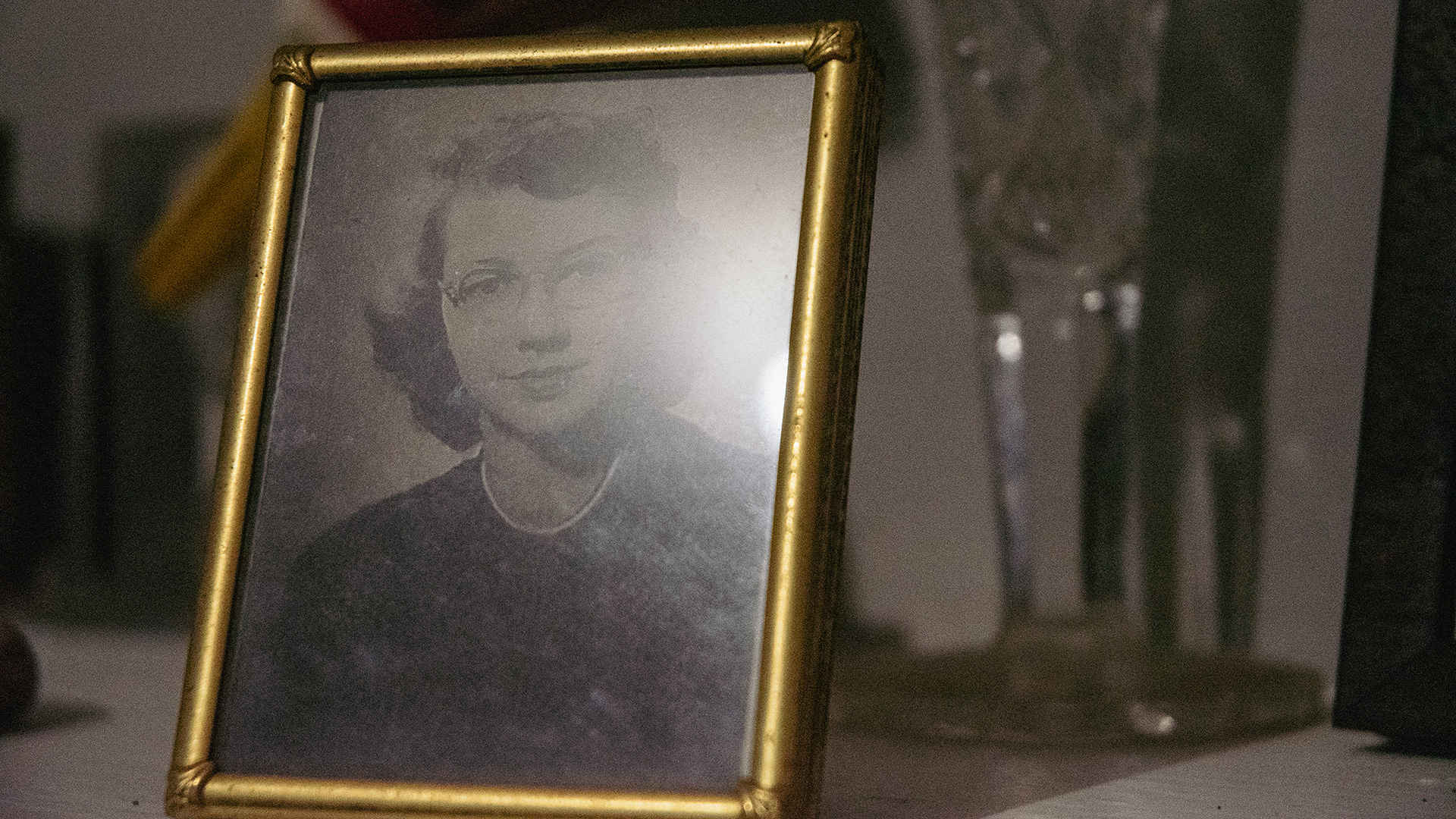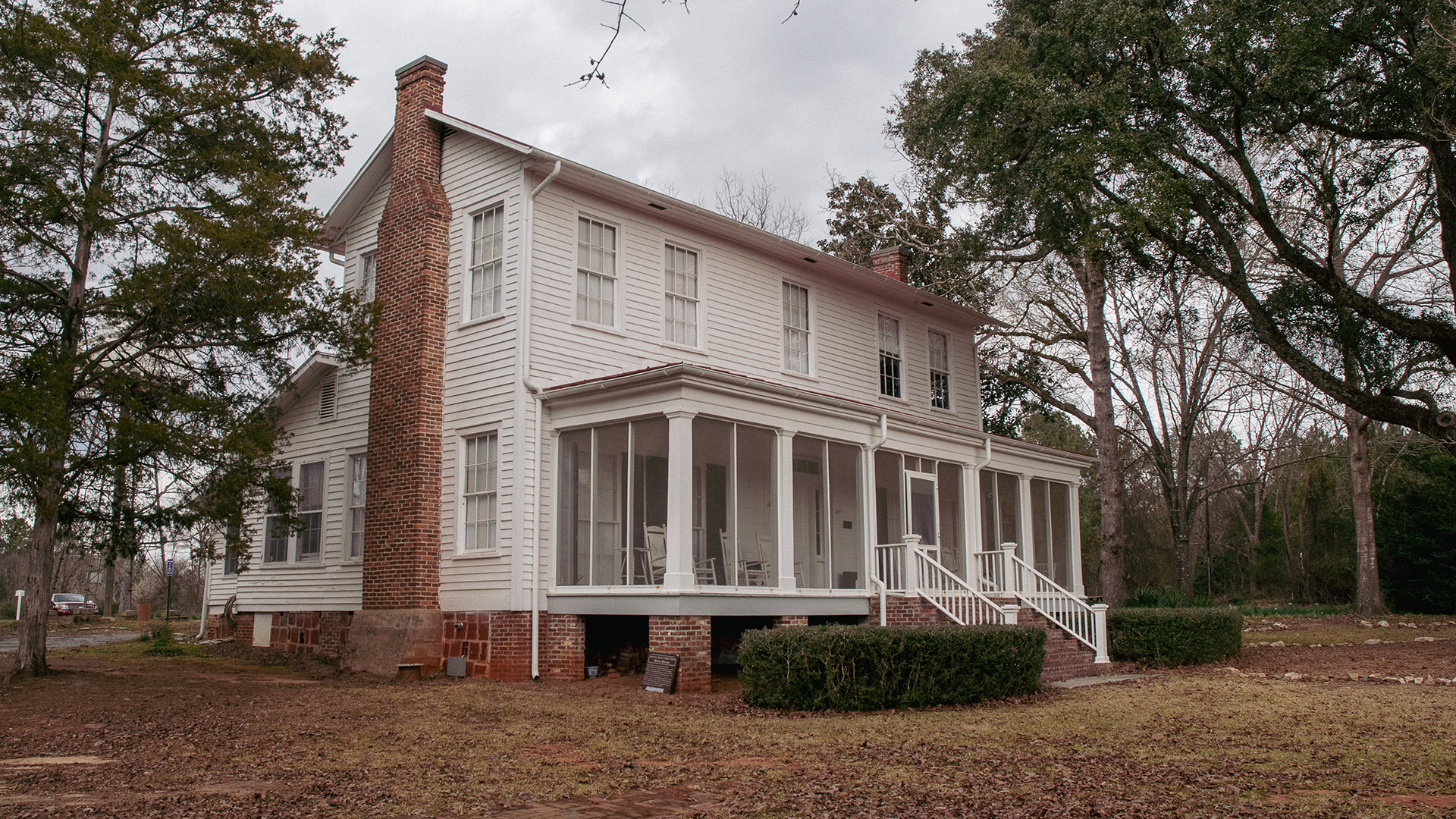
The Peacock Pilgrimage
Our Southern Reader’s Travelogue series continues with a visit to Milledgeville, Georgia, where Flannery O’Connor raised peacocks until her death at age 39. Peacocks still roam at Andalusia, and the rest of the property looks just like it did when she was writing her classic novels and stories.
Flannery O’Connor is one of the South’s most wickedly funny and empathetic writers.
She never treats her characters, even at their most bizarre, as demons, though she is merciless in her observations of their moral failings. Her most memorable characters are often the freakish result of the forces of poverty, racism, and distorted religiosity, yet they never sink into cheap caricature. It’s no small feat.
O’Connor’s ability to bring a certain kind of mid-twentieth century Southerner to life on the page remains unparalleled. She had an almost preternatural insight into the ongoing human cost of America’s original sin and the ways race relations deformed and disfigured Southerners. But despite her insight, she was too steeped in the Old South to imagine any other way, and her Black characters are never as fully dimensional as the likes of Ruby Turpin from her short story “Revelation,” Tom Shiftlet (“The Life You Save May Be Your Own”), or Hazel Motes from her novel Wise Blood. As with Faulkner’s legacy on the race issue, debate swirls whether her work should be examined or discarded. I am firmly in the “examine it” camp, while insisting we keep our antennae alert to where the line between her insights and prejudices commingle too comfortably.
“I was just there to assist the chicken,” she later recalled, before modestly adding, “but it was the high point in my life. Everything since has been an anticlimax.”
The Flannery O'Connor Childhood Home is a cozy museum with period furniture and a stunning example of a classic, formal Southern garden. The house also hosts lectures and other events highlighting the literary legacy of O’Connor and her influence on generations of Southern writers. They just re-opened on July 1 after completing a full renovation of the property, and I can’t wait to see what they’ve done with the place.
“I was just there to assist the chicken,” she later recalled, before modestly adding, “but it was the high point in my life. Everything since has been an anticlimax.”
Around 1940, O’Connor’s father died of systemic lupus erythematosus, the same disease that would eventually claim Flannery in 1964. She and her mother moved to Milledgeville to live in her maternal grandmother’s home, the Cline Mansion. She lived there, along with three unmarried aunts, through her matriculation at the Georgia State College for Women. It’s now a stop on the Milledgeville Historic Walking Tour, on Greene Street, between Liberty and Clarke. (The entire tour is pretty cool, but maybe not so much during summertime.)
In 1945, O’Connor left the South to study at the Iowa Writers’ Workshop, later spending time in New England and New York. By 1950, hampered by what she thought was arthritis, she returned to Georgia and settled—temporarily, she thought—at Andalusia, a former plantation turned dairy farm a few miles north of Milledgeville. But her symptoms worsened, and a diagnosis of lupus settled matters: O’Connor would live at Andalusia the rest of her life.
Now under the auspices of the Andalusia Institute – part of Georgia College and State University – the property has been lovingly preserved, right down to the flock of peafowl that squawks at everyone who walks by. The Institute also serves – in cooperation with The Georgia Writers Museum – as a center for O’Connor studies. They host a series of live/online lectures and symposia throughout the year and host a summer residency funded by the National Endowment for the Humanities that allows visiting scholars an opportunity to immerse themselves in O’Connor’s body of work. A recently opened Interpretive Center offers further opportunity for O’Connor enthusiasts to explore her life and work.
While you’re in the area, check out The Georgia Writers Museum. It’s a one-stop shop for diving into the legacies of Alice Walker and Joel Chandler Harris (both of them hailing from the Eatonton, Georgia area). If that’s not enough, the Georgia Writers Hall of Fame—a joint effort of the Museum and the University of Georgia—has troves of material about dozens of Georgia writers.
Regarding this vast spectrum of writerly talent, the Museum website declares, “There must be something in the soil.” Hard to argue.
Go. Read.

Rob Rushin-Knopf writes about music and culture at Immune to Boredom.

